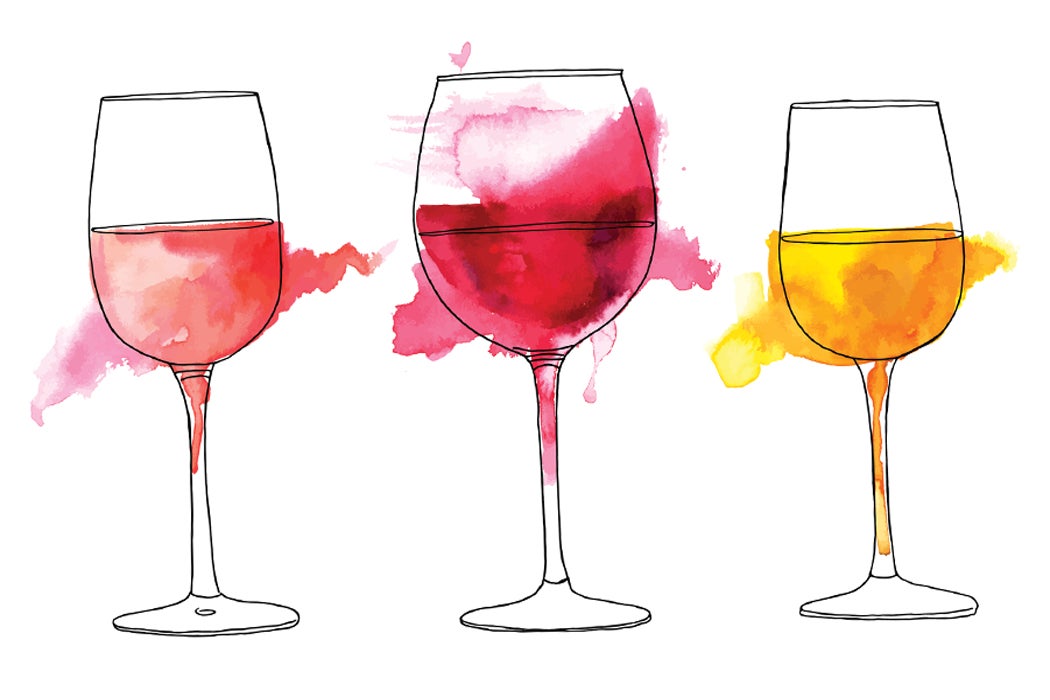How will climate change impact food production? There will likely be many disruptions as once fertile areas become too hot and others that were once too cold to farm become arable. But one crop in particular is likely to have problems without mitigation efforts: wine. Savor that glass of rosé, for as the climate changes wine grapes will be among the first to suffer.
While many crops require a specific range of conditions to grow optimally, few crops have as strong a connection to climate as wine grapes. There are other factors, but the unique variations that distinguish between a fine and an average vintage are often connected to the climactic conditions of that year. Some varieties require cool temperatures in order to properly bud. For others, higher temperatures cause grapes to ripen too early in the year, before flavors have a chance to fully mature. High temperatures at maturation impact the color and aroma of the fruit. Flavor, aroma, and color: all of the main attributes affecting the quality (and value) of a wine are temperature dependent.
With so much at stake, the Australian wine industry commissioned mathematical models projecting the impact of different January temperatures on wine. Using price as a measure of quality, the model projects a decline of anywhere from 5% to 26% by 2050 depending on region and variety of wine.
But the news isn’t all bad. The quality of certain varieties may actually improve in some cases, especially in cool regions such as Tasmania. Some areas that are currently unsuitable for wine growing may become hospitable, but at the price of declines in other areas. The overall effect, though, even in regions where certain wines may benefit, is negative. Without any adaptive measures, the Australian wine industry, a major economic driver, might see a 76% overall decline in quality.
What to do? Growers can’t assume that they can simply colonize areas with more favorable climates as current areas become unusable. Those areas might have other designated uses or there may be high environmental costs to replacing existing habitat with grapes. But genetics may offer a way forward. Existing late-maturing varieties can be crossed with more flavorful varieties, potentially creating a wine that is more resistant to temperature. Uncertainty surrounding future climate projections and disagreements about exactly what temperature creates the perfect wine are hampering progress. And additional persistent climate-related threats such as drought and fire may further complicate the matter. In the end, it might not be possible to protect your chardonnay. But at least growers are aware of the problem.







